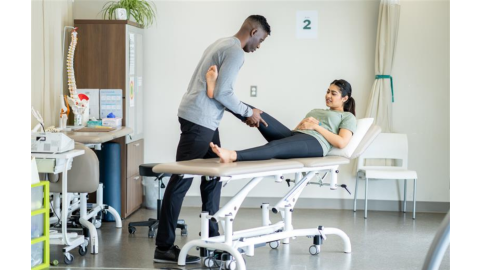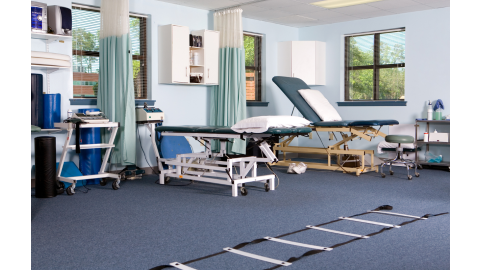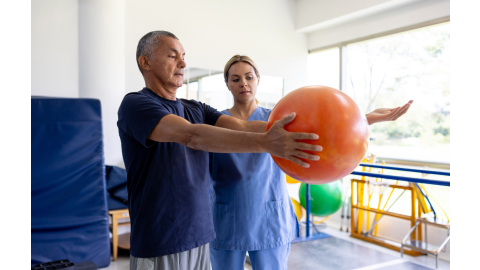Can face masks help slow the spread of the COVID-19 pandemic? Why should you wear a face mask? Do you need to wear a face mask even if you’re practicing social distancing? What type of mask is best? How do you put on and take off your mask? How do you wash your mask?
If you’ve got questions about face masks, you’re reading the right article. Get the answers to all of these questions and more in Face Mask 101.
Table of Contents
- Why should you wear a face mask?
- What does the research say about the effectiveness of wearing a mask?
- Does everyone need to wear a face mask all the time? Who should and shouldn’t wear one?
- 5 Myths About Wearing Masks
- Types of Face Masks and Which One You Should Wear
- What are the most effective types of cloth face masks?
- How to Make Your Own Mask
- How to Wear Your Face Mask Correctly
- How to Wash and Dry Your Reusable Face Mask
- Face Mask Do’s and Don'ts
- Tips For Adjusting to Wearing a Face Mask
- Should I charge my mask before use? What does it mean to charge a mask using an electrostatic charge?
- Where can I find more resources about masks and other Coronavirus Disease 2019 (COVID-19) topics?
Why should you wear a face mask?
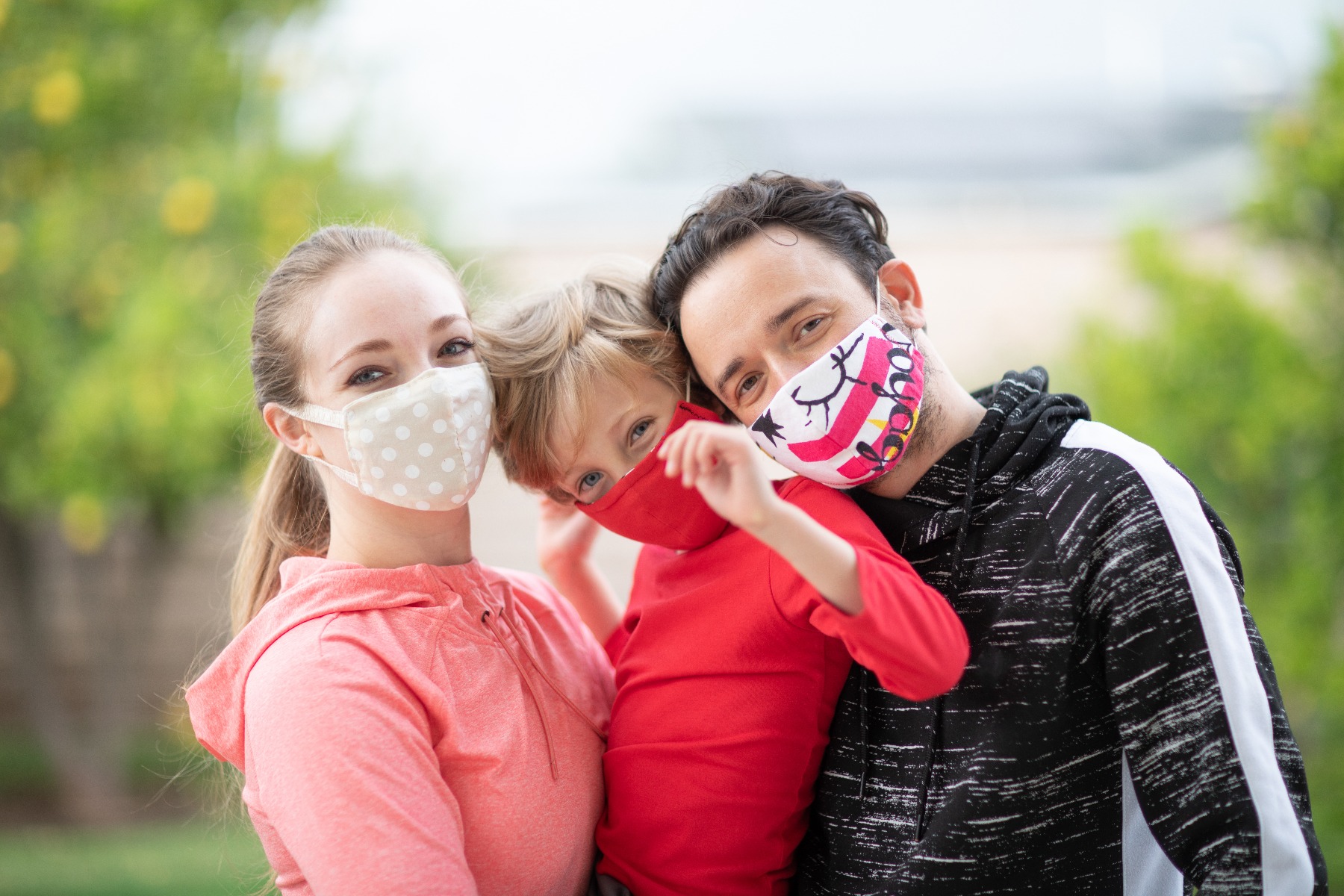
When you wear a face mask, you’re protecting people that you care about, your family, your friends, essential workers, and everyone else that you come in contact with.
The CDC states that “A cloth face covering may not protect the wearer, but it may keep the wearer from spreading the virus to others.”1
COVID-19 is a coronavirus that primarily spreads through respiratory droplets when an infected person coughs, sneezes, talks, sings, shouts, and so on. These droplets can land in the mouths or noses of people nearby or be inhaled into the lungs.
Recent studies have shown that a significant portion of the individuals with COVID-19 lack symptoms (asymptomatic) or can transmit the virus before showing symptoms (presymptomatic). To reduce the spread of COVID-19, the CDC recommends that people wear cloth face coverings in public settings when around people outside of their household to help prevent people with coronavirus from spreading it to others.
Wearing a cloth face mask helps protect people around you, including people at a higher risk of severe illness from COVID-19, restaurant staff, store workers, and others. When widely used in public settings, cloth face covering along with other measures, like social distancing and hand washing, can help reduce the spread of COVID-19.
|
Watch this video on the importance of wearing a cloth face covering!
Learn more about face covering in this ASL (American Sign Language) video!
What does the research say about the effectiveness of wearing a mask?
Study Title: Absence of Apparent Transmission of SARS-CoV-2 from Two Stylists After Exposure at a Hair Salon with a Universal Face Covering Policy3
Authors: M. Joshua Hendrix, MD, Charles Walde, MD Kendra Findley, MS and Robin Trotman, DO
On May 12th 2020, a hair stylist at a salon in Springfield, Missouri developed respiratory symptoms. She was tested for SARS-CoV-2, the virus that causes coronavirus disease 2019 (COVID-19) six days later and continued to work at the salon until she received a positive test result two days after testing. A second hair stylist at the same salon developed symptoms on May 15, 2020, was tested on the 20th and received a positive test result on the 22nd. During the first stylists’s symptomatic period, the two stylists interacted while neither was masked in between clients.
During the 10 day period between when the first stylist developed symptoms until the second stylist took a leave from work, the stylists saw a combined total of 139 clients. Each client’s appointment was 15-45 minutes long.
However, both stylists and clients followed the City of Springfield ordinance and salon policy recommending the use of face coverings (i.e., surgical masks, N95 respirators, or cloth face coverings). The first stylist wore double layered cotton face covering while the second stylist wore a double layered cotton face covering or surgical mask.
The Greene County Health Department (Missouri) conducted contact tracing for all 139 exposed clients. None of the 139 clients reported symptoms of COVID-19 and of the 67 who agreed to be tested, all 67 tests came back negative.
Six close contacts of the stylists were identified. All four of the first stylist’s contacts developed COVID-19 symptoms and tested positive. The other two contacts of the second stylish did not become symptomatic.
Summary: Two hair stylists with COVID-19 spent at least 15 minutes with 139 clients while symptomatic. Everyone wore face coverings. None of the clients reported symptoms and the 67 who agreed to be tested had negative test results.
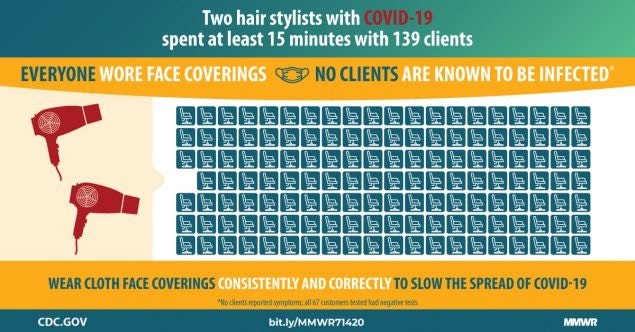
Does everyone need to wear a face mask all the time? Who should and shouldn’t wear one?
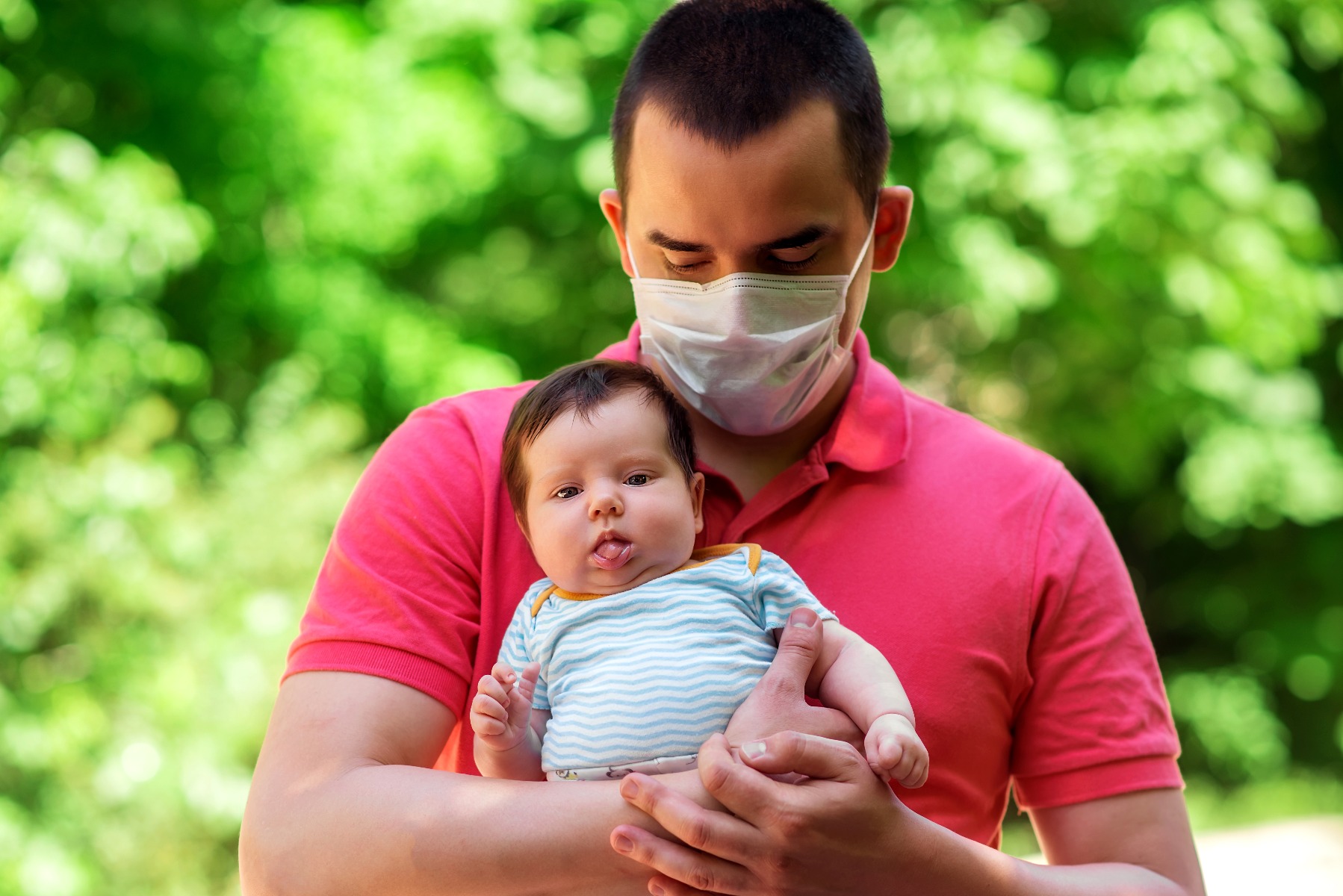
The Center for Disease Control and Prevention (CDC) recommends that people should wear cloth face coverings in public settings and when around people who don’t live in your household even when practicing social distancing. They should especially be worn in situation when social distancing measures are difficult to maintain.4
However, cloth face coverings/masks should not be worn by children under the age of 2 years old, anyone who has trouble breathing, or anyone that is unconscious, incapacitated, or otherwise unable to remove the mask without assistance.4
5 Myths About Wearing Masks
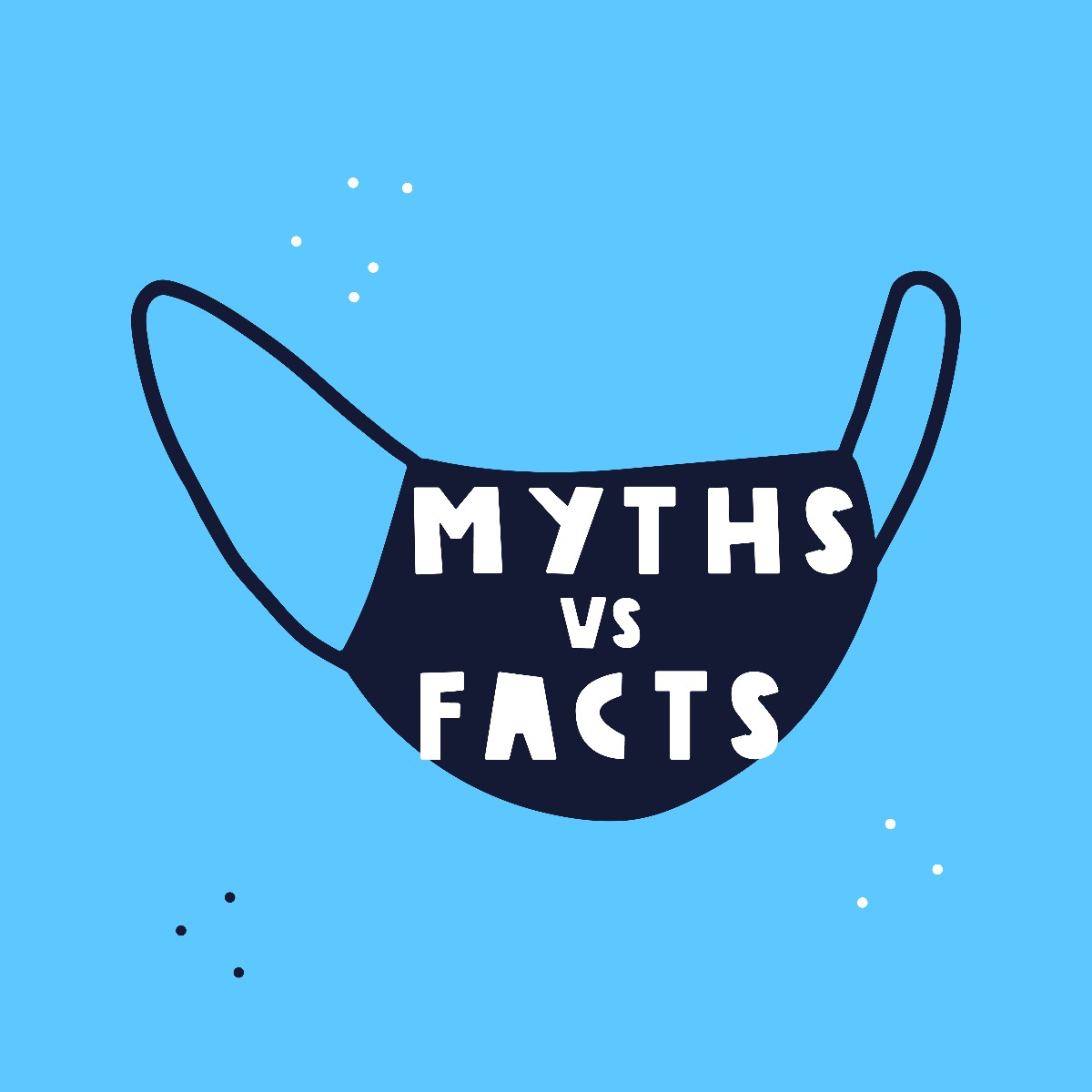
Some people are reluctant to wear a face mask for a variety of reasons. Some common myths about masks include:
- Myth: Masks are not an effective form of protection from COVID-19 and cannot prevent someone from acquiring COVID-19, only N95 masks can.
- Fact: Wearing a mask is not designed to protect the wearer. It’s a form of source control to prevent asymptomatic or presymptomatic people from transmitting the virus. You wear a mask to protect those around you, including your family and friends.1
- Myth: There is no scientific evidence to support wearing masks.
- Fact: Mathematical modeling suggests that face coverings are 60% effective at blocking viral transmission. If worn by 60% of the population it will reduce the R0, the number of other people who a single person can transmit the infection to below 1.0, reducing the total number of cases over time.5
- Fact: One recent study in BMJ Global Health looked at transmission of COVID-19 when at least one member had it. Face masks were 79% effective in reducing transmission if the person with COVID-19 wore them before they developed symptoms.6
- Myth: Masks can be contaminated very quickly, leaving the mask wearer inhaling contaminants.
- Fact: According to WHO, masks can be a source of infection for the person wearing them.5 The CDC recommends people do not touch their face when wearing a face covering in public and wash their hands if they do so accidentally.7
- Myth: Masks can lead to pneumonia or lung infections.
- Fact: There is no evidence that wearing masks increases the wearer’s risk of developing pneumonia or other bacterial, viral, or fungal lung infections. The WHO states that microorganisms may grow on the fabric if one person wears the same mask for a long time.5 This is why the CDC recommends removing the face covering after returning home and either disposing of the surgical mask or washing the cloth mask before using again.7
- Myth: Masks limit oxygen intake and increase carbon dioxide (CO2) intake, increasing the risk of CO2 poisoning.
- Fact: Hypercapnia is a condition when a person has too much carbon dioxide in their blood. At the mild end it can cause dizziness and headaches and at the severe end it can lead to confusion, seizures, and coma. Research on the 2003 SARS pandemic found that healthcare workers who wore N95 respirators for more than four hours at a time were more likely to develop headaches.8 A CDC representative told Reuters that “The CO2 will slowly build up in the mask over time. However, the level of CO2 likely to build up in the mask is mostly tolerable to people exposed to it. You might get a headache, but you most likely [would] not suffer the symptoms observed at much higher levels of CO2. […] It is unlikely that wearing a mask will cause hypercapnia.”9
Types of Face Masks and Which One You Should Wear

You’ve probably seen people wearing a variety of face masks during this pandemic. Are you wondering what’s the difference between them? Or which one is right for you? Different masks are recommended for different circumstances.
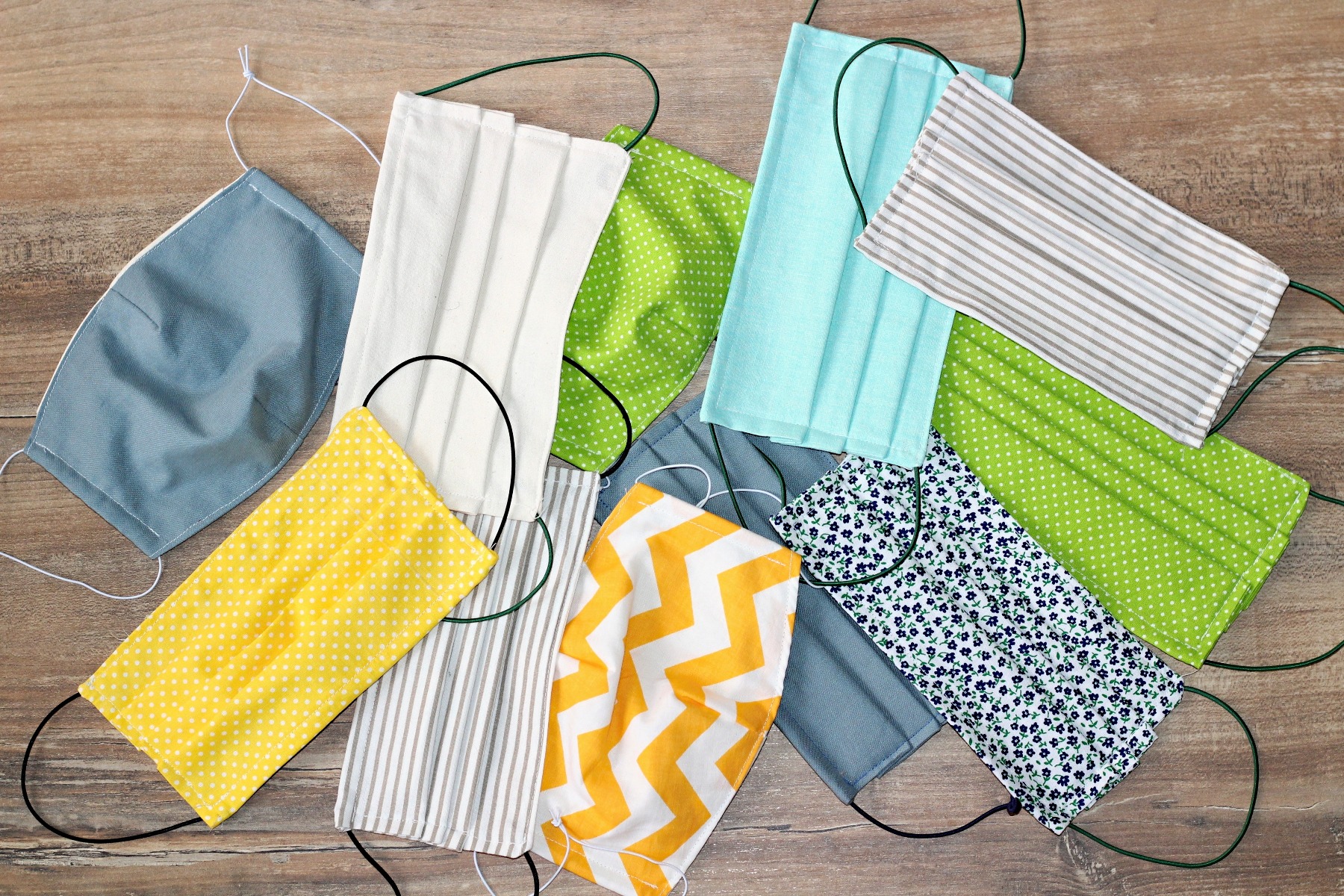
- Ideal for the general public, these reusable masks help slow the spread of COVID-19 by keeping people who are pre-symptomatic or asymptomatic from spreading the disease to others10
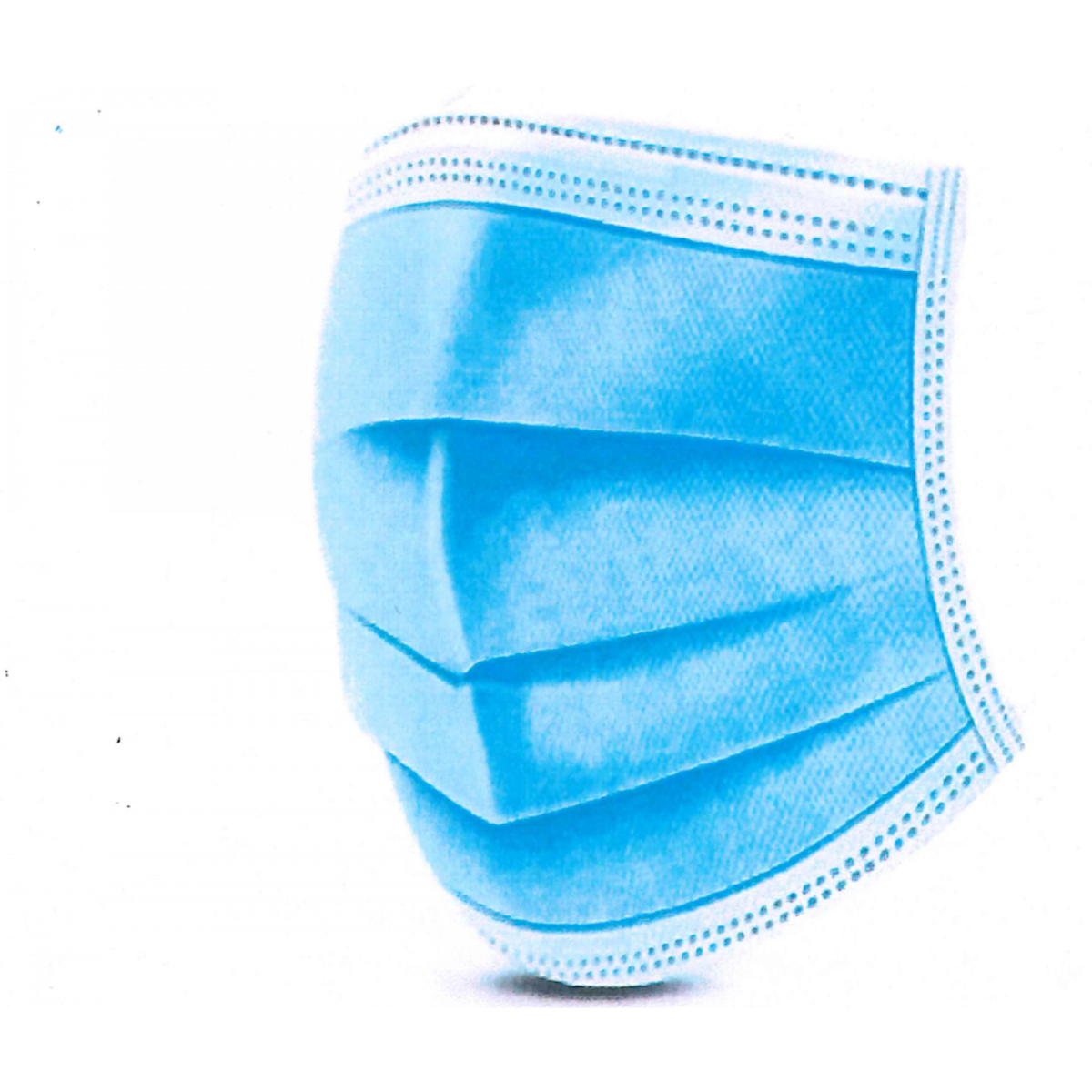
- Used by healthcare workers who depend on an adequate supply, these loose fitting disposable masks are fluid resistant, offer some protection against larger respiratory droplets, and help prevent the wearer from spreading the disease to others10
N95 Respirator Mask
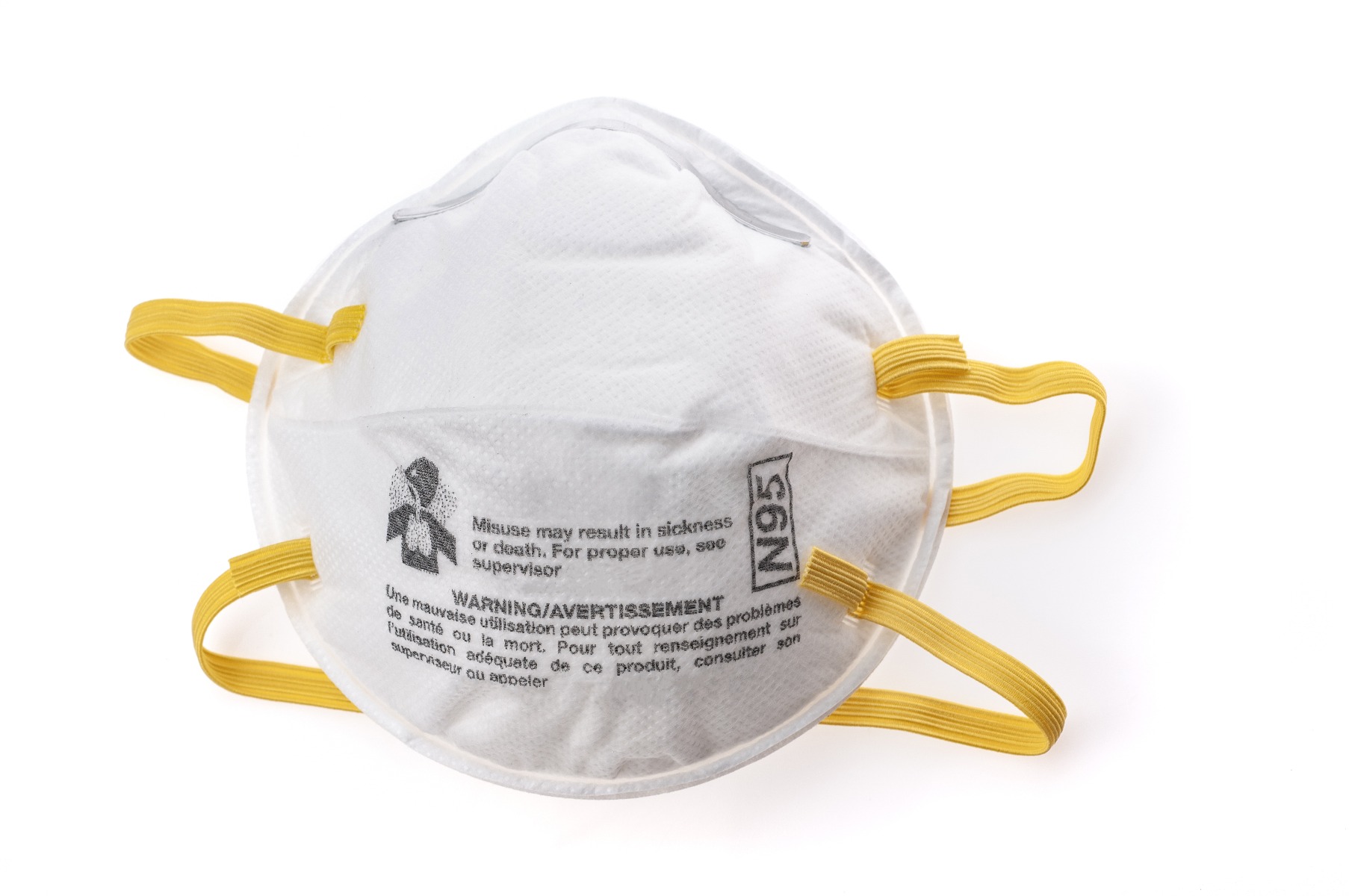
- These masks should be reserved for healthcare providers and first responders as they are in short supply, they prevent exposure to large and small respiratory droplets, healthcare workers who wear them must undergo a fit test to the the right make, model, and size to ensure a tight fit10
Face Shield
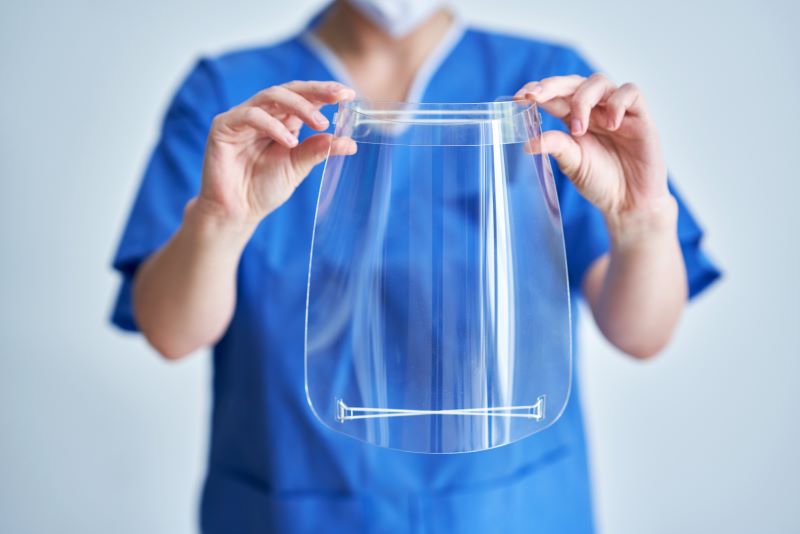
- Consisting of rigid clear plastic that attaches to a headband, a face shield may be used during aerosolizing procedures or in addition to N95 masks for extra protection when treating COVID-19 patients10
- If you are maintaining social distancing, at least 6 feet of space, you will not need a face shield, however if you must be in close contact with someone who is not wearing a mask, a face shield may offer some additional protection10
In summary, the CDC currently recommends cloth face coverings for the general public. At this time, they state that “surgical masks and N95 respirators are critical supplies that should be reserved for healthcare workers and other first responders.”18
Should your face mask have an exhalation valve?
Some cloth and N95 face masks have an exhalation valve. This valve makes it easier to breathe (exhale) and may help keep your face cooler. The CDC states that an N95 mask with a valve offers as much protection to the wearer as one without a valve. However, a mask with a valve should not be worn “in situations where a sterile field must be maintained because the exhalation valve allows unfiltered exhaled air to escape into the sterile field”.11
Because a face mask is primarily used for source control to prevent the wearer from spreading the virus to others, a mask without a valve is a better choice to help reduce the spread of coronavirus.
Should your face mask have a filter?
Some people buy or create masks with a pocket inside to hold a filter, such as a coffee filter, unused vacuum cleaner bags, HEPA furnace filters, HVAC anti-allergy filters or other air filters. John Hopkins Medicine recommends making sure the filter is sandwiched between at least two layers of fabric to reduce your risk of inhaling potentially harmful filter fibers.10
John Hopkins Medicine also states that there is not yet conclusive data on whether or not filters provide added protection, but studies are underway. They say if you use a filter you should make sure you can still breath easily while wearing your mask and that you should not use a filter if it makes you feel short of breath.10
What are the most effective types of cloth face masks?

If you’re looking for a cloth face mask you have a lot of choices, from DIY videos that show you how to use a bandana and two hair ties to fabric masks that your neighbor has sewn to cloth masks that you can buy at a variety of stores.
But what cloth face covering is the most effective at stopping the spread of respiratory droplets?
A study published in Physics of Fluids tested a variety of cloth-based face masks to find out. They used qualitative visualization of emulated coughs and sneezes to find out how material and design choices blocked and reduced respiratory droplet dispersal.
|
|
|
|
|
|
|
|
|
|
|
|
|
|
|
|
|
|
|
|
|
|
|
|
The study found that after an uncovered face, a bandana was the least effective face covering. The stitched mask made of quilting cotton was the most effective.12
Uncovered, an emulated cough jet travels 12 feet in about 50 seconds as seen in these images taken 2.3, 11, and 53 seconds after cough initiation.12

Image Source: Visualizing the effectiveness of face masks in obstructing respiratory jets, Physics of Fluids
When covered by a homemade two-layer cotton quilted face mask, the emulated cough travels only 2.5 inches as seen in these images taken 0.2, 0.47, and 1.68 seconds after cough initiation.12

Image Source: Visualizing the effectiveness of face masks in obstructing respiratory jets, Physics of Fluids
How to Make Your Own Mask
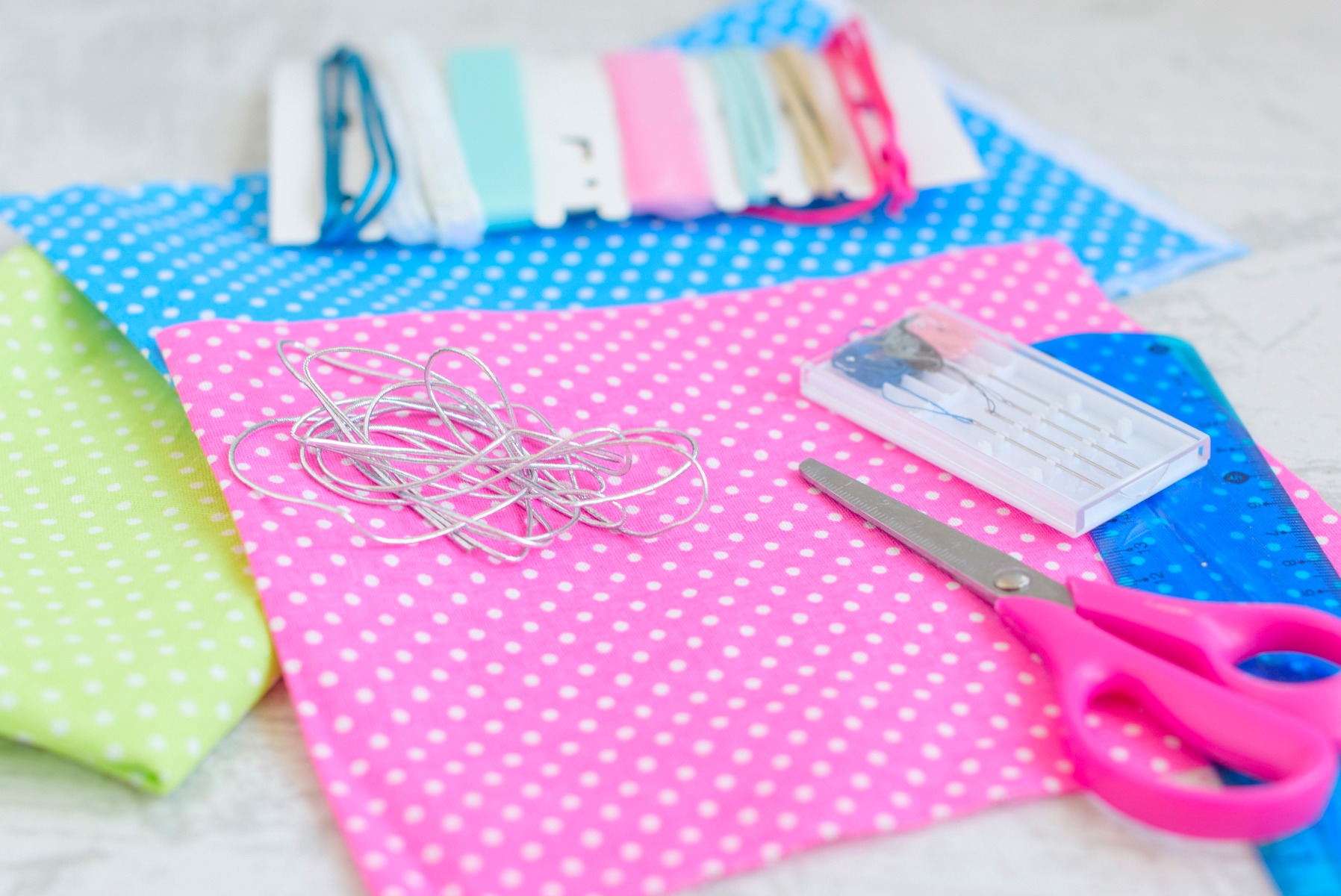
Don’t forget, anyone under the age of 2 or who has trouble breathing or who cannot remove their mask without assistance should NOT wear a face mask.18
If you don’t want to make your own face mask, there are a variety of online retailers and stores that sell masks. If you want to make your own, learn about no-sew and sewn mask options below.
How to Make a No-Sew Mask
While the stitched mask was the most effective in the study above, even the bandana mask was more effective than an uncovered face.
This no-sew mask can be made with a variety of different materials that you may have around your house.
Learn how to fold your fabric and add rubber bands or elastic hair ties to create your mask. Watch this video by the Surgeon General, Dr. Jerome Adams.
How to Make a Sewn Face Mask18


Image Source: How to Make Cloth Face Coverings, CDC
You will need:
- Two 10”x6” rectangles of cotton fabric
- Two 6” pieces of elastic (or rubber bands, string, cloth strips, or hair ties)
- Needle and thread (or bobby pin)
- Scissors
- Sewing machine
Instructions
- Cut out two 10” x 6” rectangles of cotton fabric
- Use tightly woven cotton fabric if possible (quilting fabric or cotton sheets), but T-shirt fabric will work if you don’t have access to the other options.
- Stack the two rectangles. You will sew the mask as if it was a single piece of fabric, so if you have a fabric with a print, make sure it’s facing out.
- Fold over the long sides ¼” and hem.
- Fold the double layer of fabric over ½ “ along the short sides and stitch down.
- Run a 6” length of ⅛” wide elastic through the wider hem on each side of the mask to create ear loops. A large needle or bobby pin can be used to help you thread it through.
- If you don’t have elastic you can use hair ties or elastic headbands. Or if you only have string, you can make longer ties and tie the mask behind your head.
- Tie the ends of the elastic tight.
- Gently pull the elastic so that the knots are tucked inside the hem.
- Gather the sides of the mask on the elastic and adjust so the mask fits your face.
- Securely stitch the elastic in place to keep it from slipping.
How to Wear Your Face Mask Correctly7
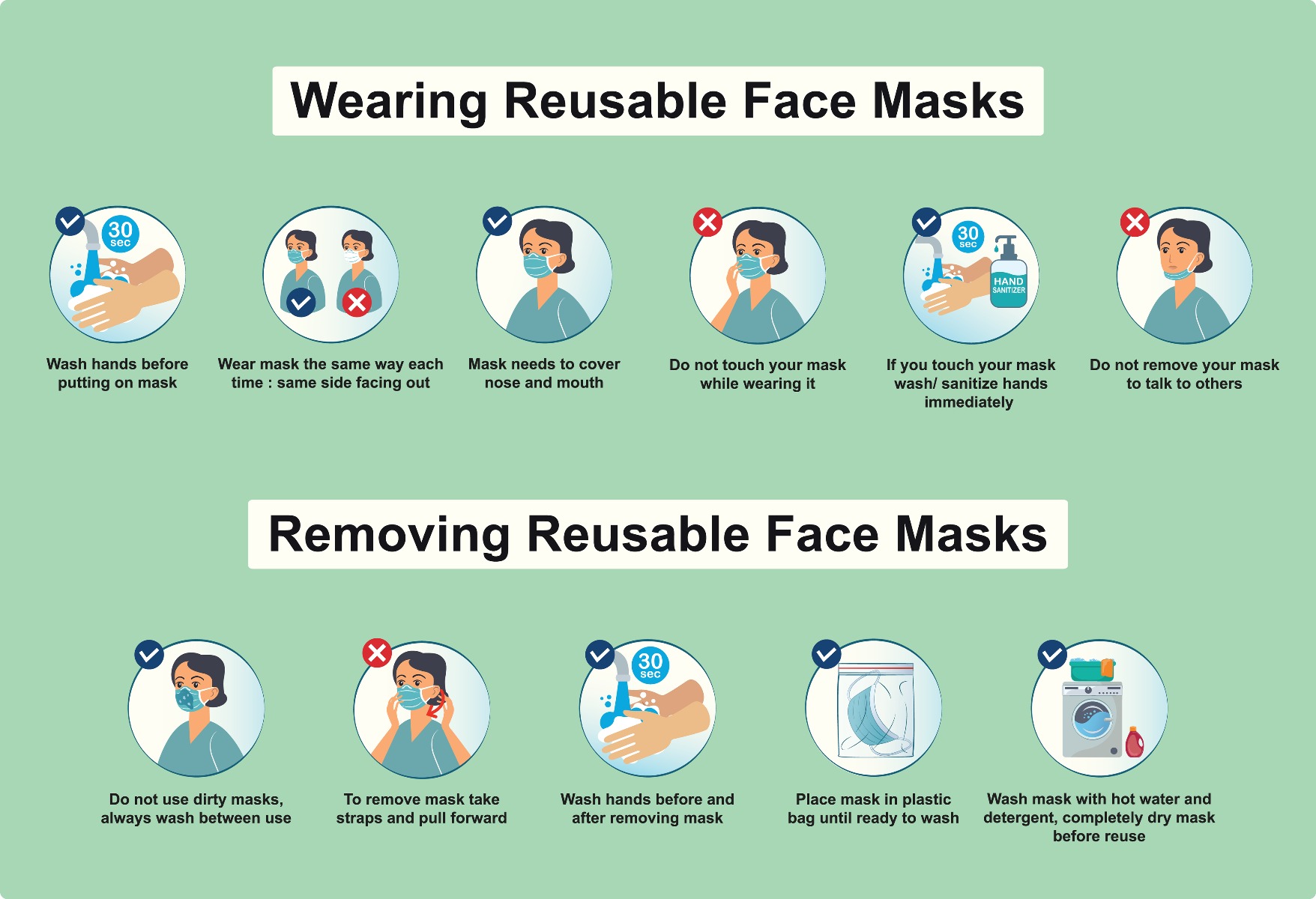
4 Instructions for Putting On Your Mask
- Wash your hands for at least 20 seconds before putting on your clean mask
- Put the mask over your nose and mouth and under your chin, securing it in place using the elastic loops or ties
- Make sure the mask fits snugly against the sides of your face
- Make sure you can breathe properly
Do not put a mask on a child under 2 years of age.
6 Instructions for Taking Off Your Mask
- Untie the mask strings or stretch the ear loops
- Remove the mask handling it only by the strings or loops
- Fold the outside corners together
- Place mask in the washing machine or in a plastic bag if you do not have immediate access to your washing machine (or throw your mask in the garbage if it is disposable)
- Do not touch your eyes, nose, or mouth when removing the mask
- Immediately after removal, wash your hands well for at least 20 seconds
How to Wash and Dry Your Reusable Face Mask
How to Wash Your Mask in the Washing Machine13
- Include your face mask with your regular laundry
- Use regular laundry detergent and the warmest appropriate setting for the fabric your mask is made of
How to Wash Your Mask by Hand13
- Prepare a bleach solution by mixing either
- ⅓ cup of household bleach per gallon of room temperature water
- 4 teaspoons of household bleach per quart of room temperature water
- Soak your face mask in the bleach solution for 5 minutes
- Rinse your mask thoroughly with cool or room temperature water
Check the label to ensure that your bleach is intended for disinfection and is not past its expiration date. Some bleach that is safe for colored clothing is not suitable for disinfection. Never mix household bleach with ammonia or other cleansers.
How to Dry Your Mask13
- Dryer
- Use the highest heat setting and leave your mask in the dryer until completely dry
- Air dry
- Lay the mask flat until completely dry. If possible, place the cloth face cover in direct sunlight while drying
Face Mask Do’s and Don'ts14
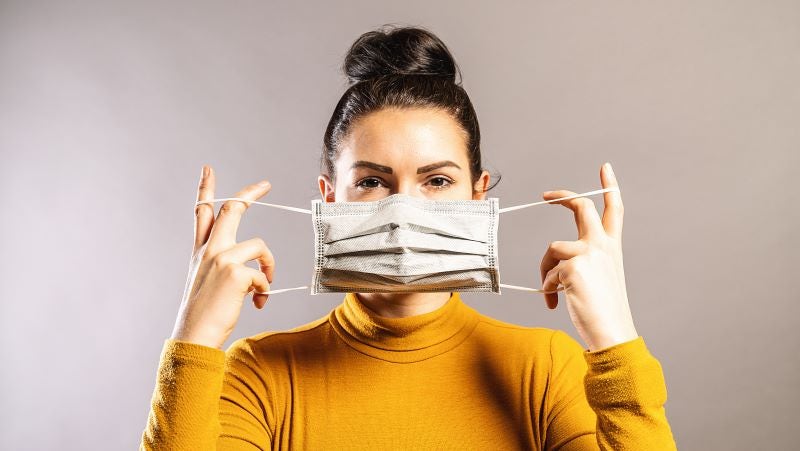
When Wearing a Face Mask DO
- Do clean your hands before putting your mask on
- Do make sure your mask completely covers your mouth and nose
- Do secure the elastic bands around your ears
- If your mask has two sets of ties, do secure the ties at the middle of your head and the base of your head
When Wearing a Face Mask DON’T
- Don’t wear your face mask under your nose or mouth
- Don’t allow a strap to hang down
- Don’t touch or adjust your face mask without cleaning your hands afterwards
- Don’t wear your face mask on top of your head, around your neck, or around your arm
Tips For Adjusting to Wearing a Face Mask15
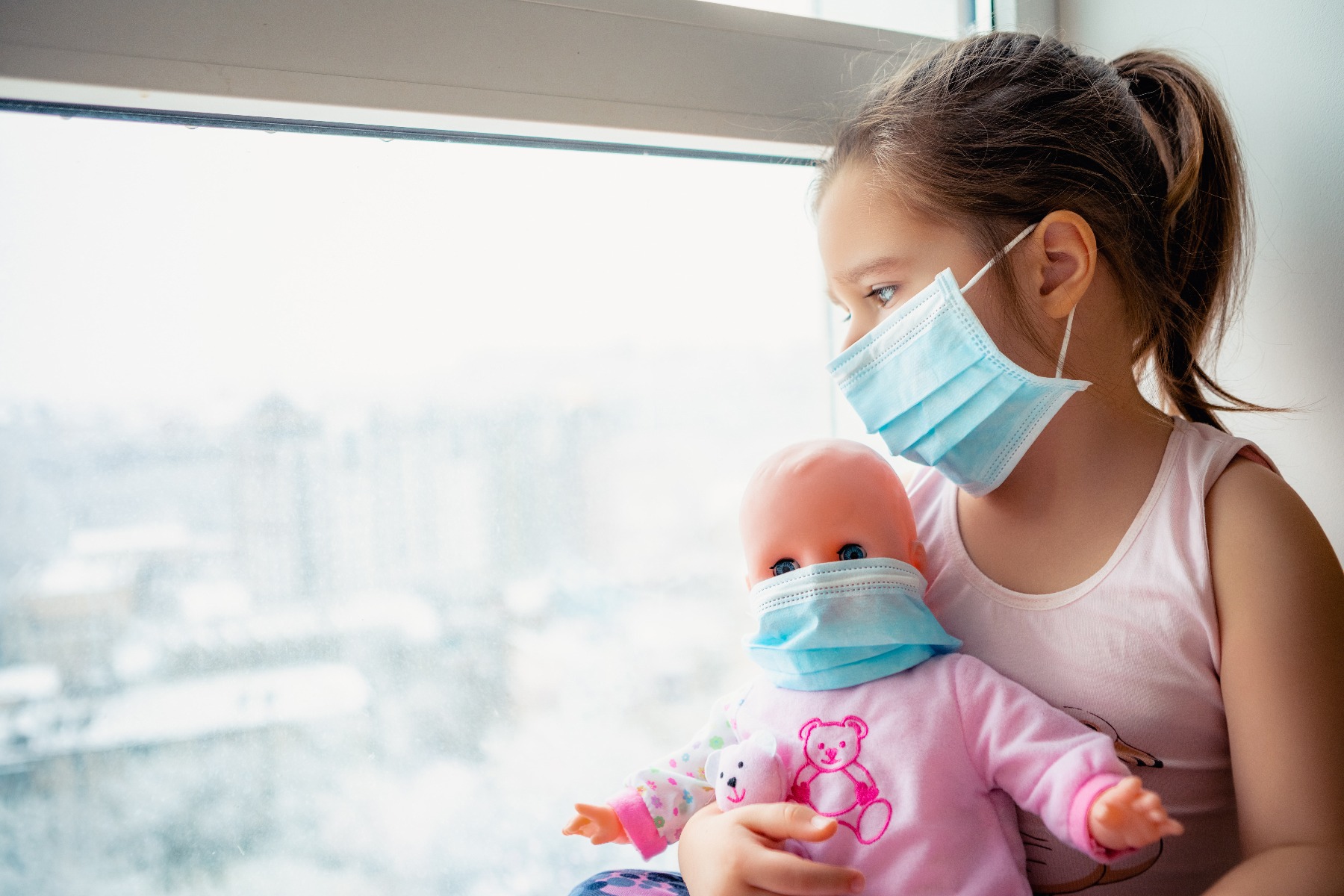
- Start slow
- Wear your mask at home for a short time at first, like when watching a tv episode. Slowly increase the amount of time you wear your mask, like wearing it on a short walk. Continue to increase the amount of time you wear the mask until you feel more comfortable. If you have children, letting them wear the mask for short amounts of time around the house can help them get used to it too.
- Find your right fit
- If your mask is too difficult to breathe through or isn’t comfortable, consider other options. Masks come in a variety of sizes. If one style, like a tie-on mask, isn’t comfortable try a different style instead, like a mask with elastic loops. A child size/pediatric mask will fit a child better making it more effective and comfortable.
- Try a mask with a nose bridge
- If you wear glasses, they may fog up while wearing a face mask. A proper seal makes it harder for hot air to steam up your glasses. Look for a mask with a wire nose bridge that can be contoured to your nose to help prevent fogging.
- Take the time to explain the importance of mask wearing to your child.
- For younger children stick to a simple message like “Wearing a mask helps protect us and other people from germs” or “We wear a mask to keep us and other people safe”.
- Seeing other people wearing masks can be scary for children. Let them see you put on and wear the mask, modeling behavior helps children become more comfortable with mask wearing. They will follow your lead.
- Help your child adjust to the idea of wearing a face mask
- Let your child pick out the fabric of their sewn mask or let them help you make a no sew mask.
- Use an extra face mask or two on your child’s dolls or stuffed animals. You can practice putting on and taking off the mask from the toys. Listen to what your child says when playing. It’s a great way to learn how your child feels about the situation.
- When out in public, keeping your child’s hands busy might help them keep their mask on. For example, have them hold the grocery list or a bag.
Should I charge my mask before use? What does it mean to charge a mask using an electrostatic charge?
Why do you want to use a charged mask?
Think of the static cling you get when you rub two pieces of fabric together. May Chu, an epidemiologist at the Colorado School of Public Health and a scientific advisor to WHO, says that “polypropylene is great as a physical filter but has another benefit: It holds an electrostatic charge. That "cling" effect traps incoming — and outgoing — droplets. "That's what you want — the cling is what's important”. 16 The “cling” helps keep respiratory droplets from spreading, reducing the spread of COVID-19.
Can you charge any mask material?
In a study done by Stanford scientists, they tested the effectiveness of various household materials including cotton, polyester, nylon, and silk compared to medical face masks. They charged the materials by rubbing them with latex gloves for 30 seconds. The study measures the filtration efficiency before and after charging as well as how much of the charge lasted overnight and in humid environments. The scientists also found a quality score (Q) for each material. The maximum Q results from a high filtration efficiency (low penetration) with low pressure drop (higher breathability), which is sensible for facial coverings.
The study found that polypropylene had the highest performance because it could be charged to increase the performance without any increase in pressure (breathability). Polyester and silk also had an increase in filtration after being charged, but for both, the charge decayed quickly reaching a plateau around its original value in 30 minutes. Nylon had an increase in filtration as well and the charge decayed more slowly, but the nylon’s high pressure (breathability) led to a lower quality score.
The study’s authors state that the filtration efficiencies found in the study are only applicable if there is no leakage in the seals of the masks. They also note that surgical masks are designed and intended as a form of barrier protection and provide fluid resistance for use in hospitals. The materials evaluated in this study for cloth face coverings are not intended to be used by healthcare workers or any other workers as a form of respiratory protection. They also did not investigate the effects of cleaning or disinfecting the materials.
You can review the results in the study’s graph below and read the full study here.17
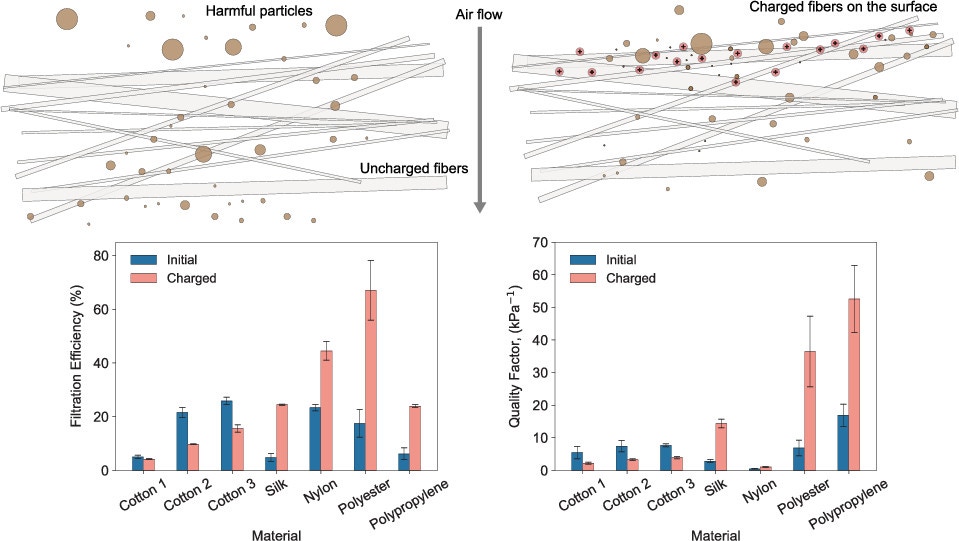
Image Source: Household Materials Selection for Homemade Cloth Face Coverings and Their Filtration Efficiency Enhancement with Triboelectric Charging, Nano Lett.
One of the study’s authors, May Chu Cui notes that polypropylene will lose its electrostatic charge when you wash it, but you can recharge it by ironing it or by rubbing it with a rubber glove for around 30 seconds. Cui says “a two-layer tight-weave cotton mask alone can filter out about 35% of small particles. But adding a filter made out of two layers of charged polypropylene could boost that filtration efficiency by as much as another 35%. You still want a cotton layer closest to your face...because it's a more comfortable material”.16
How do you charge your mask?
The study above, Household Materials Selection for Homemade Cloth Face Coverings and Their Filtration Efficiency Enhancement with Triboelectric Charging, looked at a variety of possible charging materials.
They found that latex and nitrile rubbers were the most effective in increasing filtration efficiency while other materials like paper and wood had only moderate effects.17 Latex and nitrile are both commonly used gloves materials which make charging relatively easy. You can charge the material by rubbing your mask with gloves for about 30 seconds before putting it on.
Where can I find more resources about masks and other Coronavirus Disease 2019 (COVID-19) topics?
- CDC (Centers for Disease Control and Prevention)
- NIH (National Institute of Health)
- WHO (World Health Organization)
- FDA (U.S. Food and Drug Administration)
- SAMHSA (Substance Abuse and Mental Health Services Administration)
- IDSA (Infection Diseases Society of America)
- John Hopkins University and Medicine
- Harvard Health Publishing - Harvard Medical School
- Additional articles:
References
- CDC. (June 2020). About Cloth Face Coverings. Centers for Disease Control and Prevention. Retrieved from https://bit.ly/2CtmjLZ
- CDC. (July 2020). CDC calls on Americans to wear masks to prevent COVID-19 spread. Centers for Disease Control and Prevention. Retrieved from https://bit.ly/3eL119C
- Hendrix MJ, Walde C, Findley K, Trotman R. (May 2020). Absence of Apparent Transmission of SARS-CoV-2 from Two Stylists After Exposure at a Hair Salon with a Universal Face Covering Policy — Springfield, Missouri. MMWR Morb Mortal Wkly Rep 2020;69:930-932. Retrieved from https://bit.ly/2WL4Ll4
- CDC. (July 2020). Considerations for Wearing Cloth Face Coverings. Centers for Disease Control and Prevention. Retrieved from https://bit.ly/2CCHzPh
- Hewings-Martin, Y. (July 2020). COVID-19 and face masks: To wear or not to wear? Medical News Today. Retrieved from https://bit.ly/2WNXnp8
- Wang Y, Tian H, Zhang L, et al. (2020). Reduction of secondary transmission of SARS-CoV-2 in households by face mask use, disinfection and social distancing: a cohort study in Beijing, China. BMJ Global Health 2020;5:e002794. Retrieved from https://bit.ly/32Fe5uO
- CDC. (July 2020). How to Wear Cloth Face Coverings. Centers for Disease Control and Prevention. Retrieved from https://bit.ly/3jp0ait
- Lim, E. C., Seet, R. C., Lee, K. H., Wilder-Smith, E. P., Chuah, B. Y., & Ong, B. K. (2006). Headaches and the N95 face-mask amongst healthcare providers. Acta neurologica Scandinavica, 113(3), 199–202. Retrieved from https://bit.ly/32LM8Se
- Reuters Fact Check Team. (May 2020). Partly false claim: Continually wearing a mask causes hypercapnia. Reuters. Retrieved from https://reut.rs/3eQzVxY
- Maragakis, L. L. (July 2020). Coronavirus Face Masks & Protection FAQs. John Hopkins Medicine. Retrieved from https://bit.ly/3ho26pu
- CDC. (March 2020). Personal Protective Equipment: Questions and Answers. Centers for Disease Control and Prevention. Retrieved from https://bit.ly/2ONHQBm
- Verma, S., Dhanak, M., & Frankenfield, J. (June 2020). Visualizing the effectiveness of face masks in obstructing respiratory jets. Physics of Fluids. Retrieved from https://bit.ly/3eRJoov
- CDC. (May 2020). How to Wash Cloth Face Coverings. Centers for Disease Control and Prevention. Retrieved from https://bit.ly/32IYwlR
- CDC. (May 2020). Facemask Do’s and Don'ts For Healthcare Personnel. Centers for Disease Control and Prevention. Retrieved from https://bit.ly/2Bn26XB
- Mayo Clinic Staff. (July 2020). COVID-19: How Much Protection Do Face Masks Offer? Mayo Clinic. Retrieved from https://mayocl.in/3eQCHDo
- Godoy, M. (July 2020). A User's Guide To Masks: What's Best At Protecting Others (And Yourself). WUSF Public Media. Retrieved from https://bit.ly/3fTaPzA
- Mervin Zhao, Lei Liao, Wang Xiao, Xuanze Yu, Haotian Wang, Qiqi Wang, Ying Ling Lin, F. Selcen Kilinc-Balci, Amy Price, Larry Chu, May C. Chu, Steven Chu, and Yi Cui. (June 2020). Household Materials Selection for Homemade Cloth Face Coverings and Their Filtration Efficiency Enhancement with Triboelectric Charging. Nano Letters 2020 20 (7), 5544-5552. Retrieved from https://bit.ly/3fSglTf
- CDC. (July 2020). CDC on Homemade Cloth Face Coverings. Centers for Disease Control and Prevention. Retrieved from https://bit.ly/3jxauoH
Medical Disclaimer: The information provided on this site, including text, graphics, images and other material, are for informational purposes only and are not intended to substitute for professional medical advice, diagnosis or treatment. Always seek the advice of your physician or other healthcare professional with any questions or concerns you may have regarding your condition.








 France
France Australia
Australia

